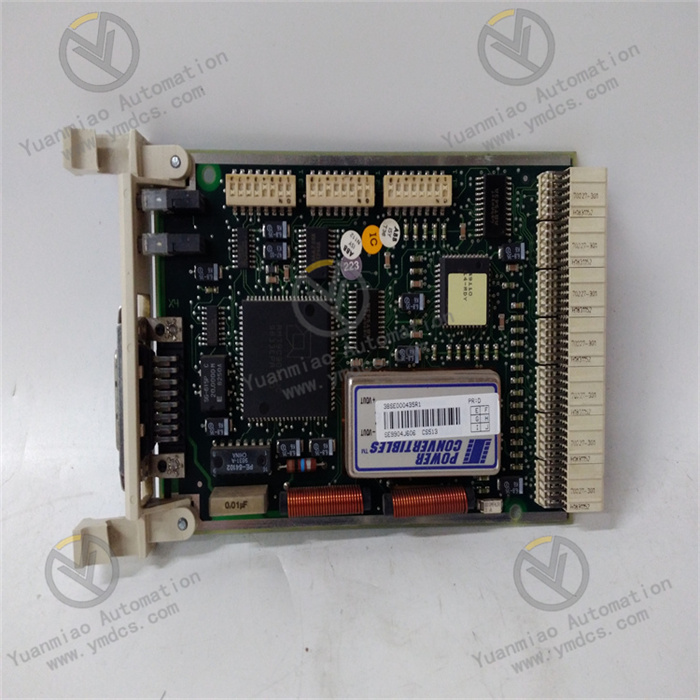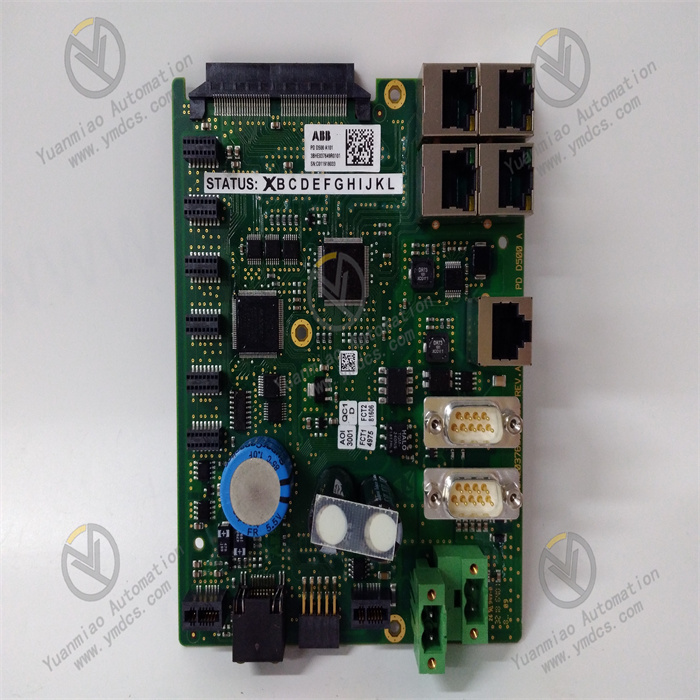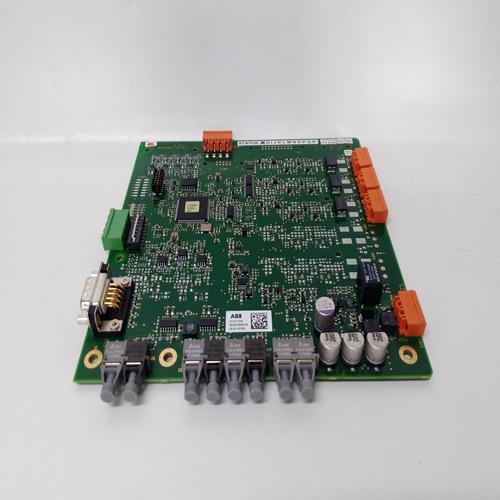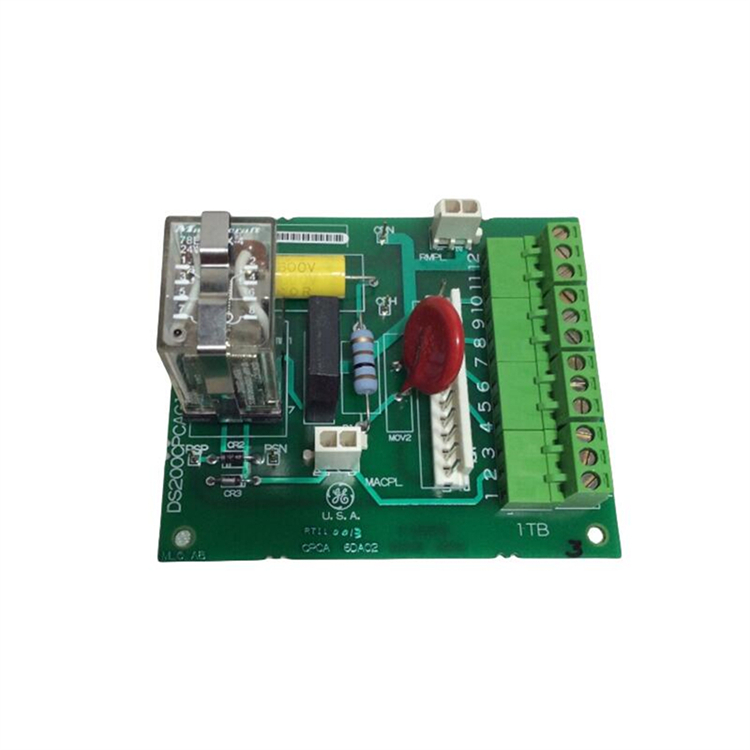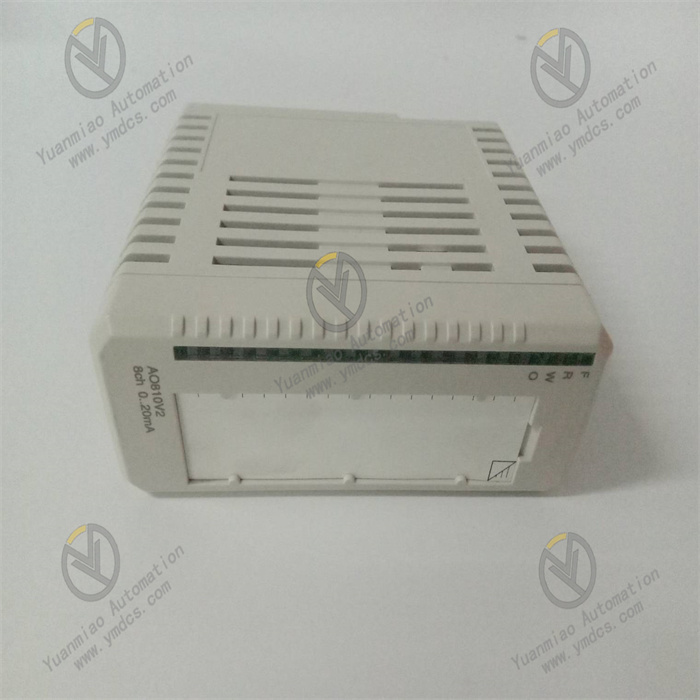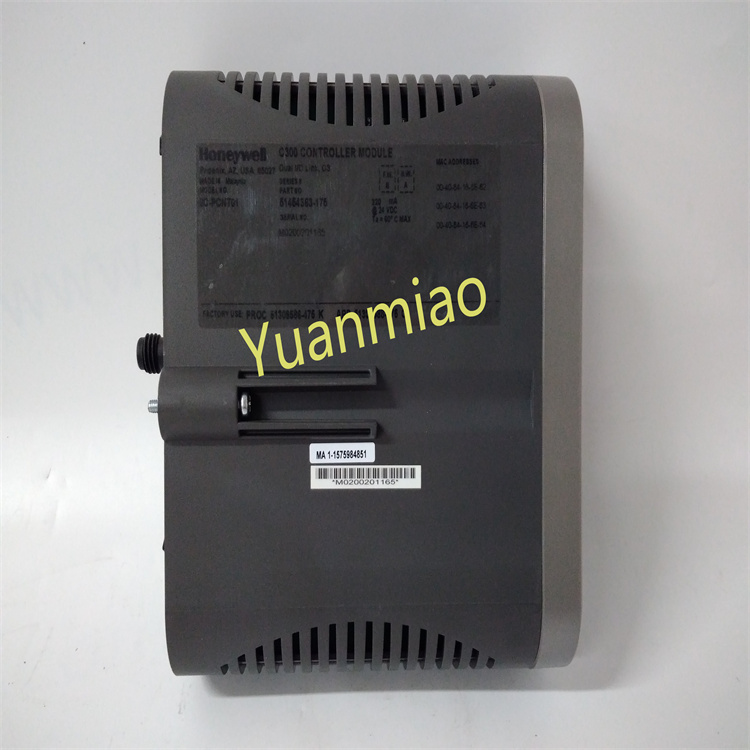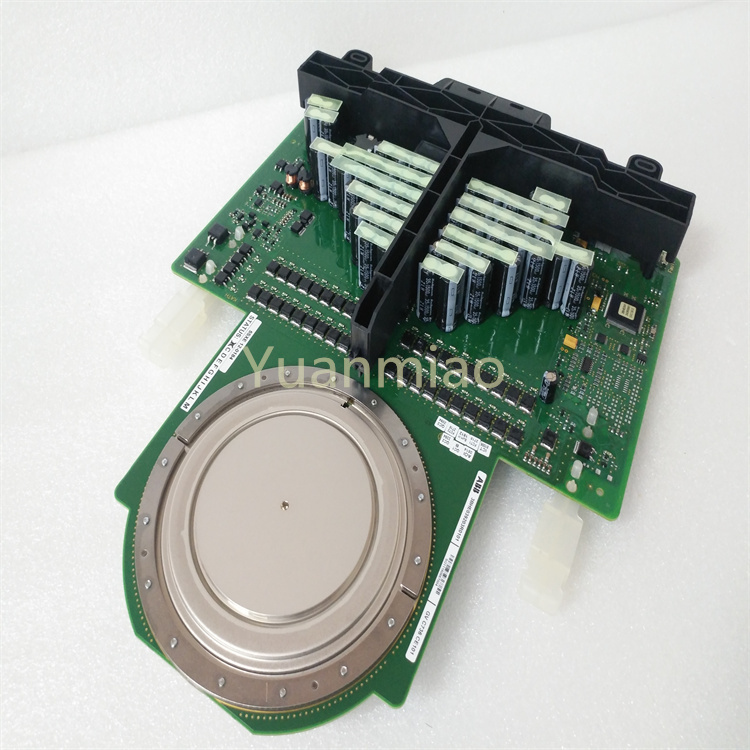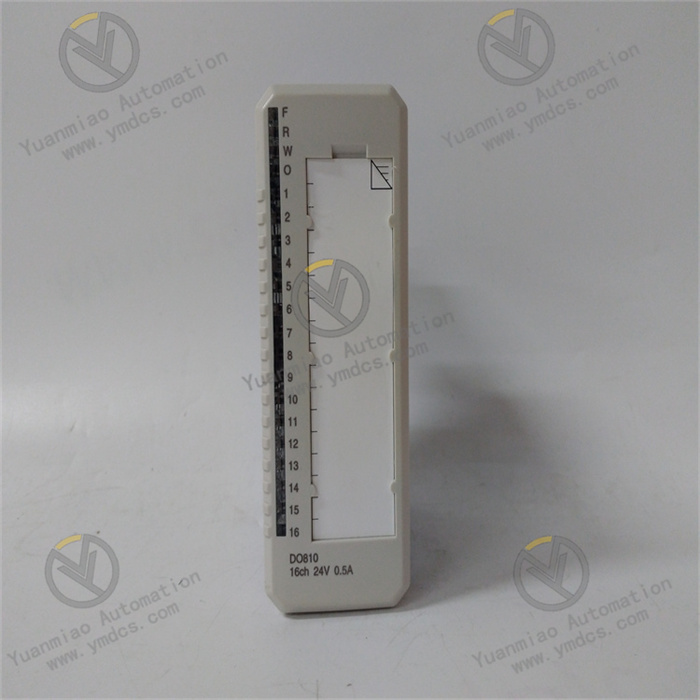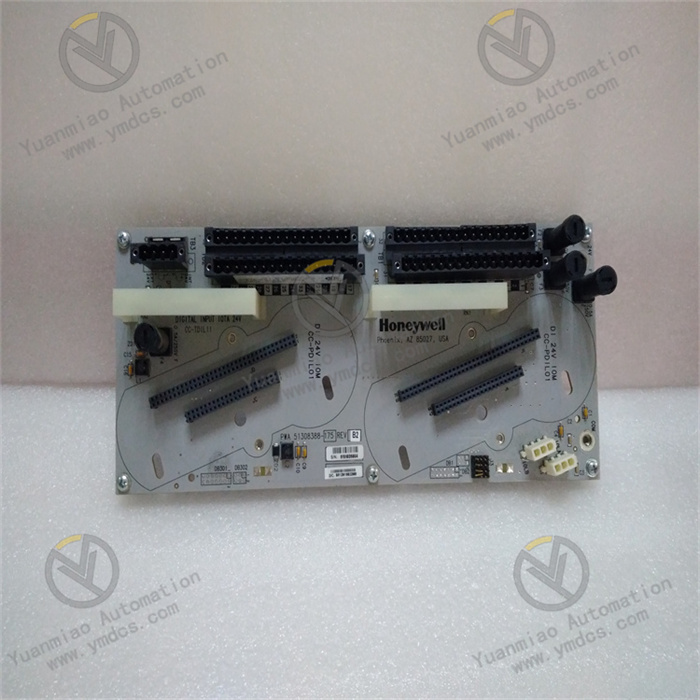Description
The 3500/40 framework interface module is part of the 3500 series monitoring system, which is used to connect various monitors to the framework backplane to achieve data transmission and system integration. Functional Features Communication Function: It supports communication with other devices and can transmit the monitored data to the host computer or other control systems for further analysis and processing. System Integration: It can integrate various types of monitors (such as vibration monitors, displacement monitors, etc.) into one framework to achieve comprehensive monitoring of rotating equipment. Power Management: It provides a stable power supply for each module within the framework to ensure the normal operation of the system. Technical Parameters Operating Voltage: Usually 24V DC. Communication Protocol: It supports multiple communication protocols, such as Modbus, Profibus, etc., for compatibility with different systems. Input and Output Channels: It has multiple input and output channels and can connect different monitors and external devices according to actual needs.

Common Faults and Solutions Communication Fault Fault Phenomenon: It fails to communicate normally with the host computer or other devices. Possible Reasons: Poor connection of the communication line, incorrect communication protocol settings, or module failure. Solutions: Check the communication line to ensure a secure connection; verify the communication protocol settings to ensure consistency with other devices; if a module failure is suspected, try replacing the module for testing. Power Fault Fault Phenomenon: The module fails to work properly, or other modules within the framework exhibit abnormalities. Possible Reasons: Abnormal power input or failure of the power module. Solutions: Check whether the power input voltage is within the normal range; if the power input is normal, replace the power module for troubleshooting. Module Fault Fault Phenomenon: The module's indicator lights are abnormal, and it fails to collect or transmit data normally. Possible Reasons: Internal circuit failure of the module or software failure. Solutions: Try resetting the module; if the reset is ineffective, contact the manufacturer for software upgrades or repairs; replace the module if necessary.
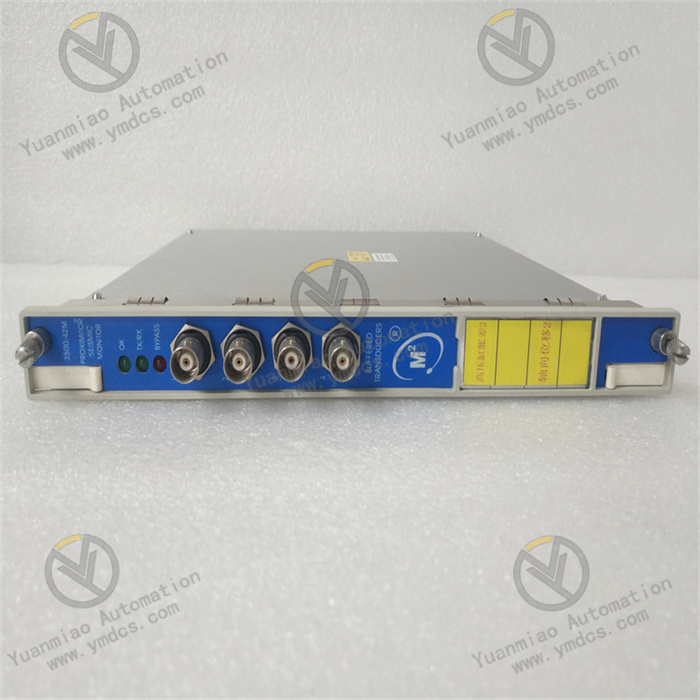
Application Cases: Power Industry Turbine Monitoring: In thermal power plants, it is used to monitor the shaft displacement and vibration of turbines. For example, by monitoring the axial displacement and radial vibration of the turbine rotor in real-time, potential shaft system faults such as bearing wear, shaft misalignment, and blade damage can be detected in advance. This avoids shutdown accidents caused by faults and ensures the safe and stable operation of the turbine, thus ensuring the normal power supply of the entire power generation system. Generator Monitoring: For generators, this module can monitor the vibration and displacement of the rotating shaft. When faults such as unbalanced load and stator winding short circuit occur in the generator, the abnormal vibration of the rotating shaft will be caused. The 3500/40 - 01 - 00 can detect these changes in a timely manner, providing accurate fault information for maintenance personnel so that measures can be taken for repair in a timely manner, preventing the expansion of the fault and affecting the performance and lifespan of the generator. Petrochemical Industry Compressor Monitoring: In petrochemical production, centrifugal compressors are one of the key equipment. The 3500/40 - 01 - 00 can accurately monitor the shaft displacement and vibration of the compressor, preventing shaft system faults caused by factors such as impeller scaling and bearing damage. Once an abnormality is detected, the system will send an alarm signal, allowing operators to deal with it in a timely manner, avoiding serious damage to the compressor, ensuring the continuity of the petrochemical production process, and preventing production interruptions and product quality problems caused by compressor failures. Pump Equipment Monitoring: Various pumps are widely used in the petrochemical industry, such as centrifugal pumps and reciprocating pumps for transporting crude oil and chemical raw materials. By using the 3500/40 - 01 - 00 to monitor the shaft vibration and displacement of the pumps, problems such as impeller wear and shaft seal leakage of the pumps can be detected in a timely manner, and maintenance and repairs can be carried out in advance, reducing the failure rate of the equipment, ensuring the normal operation of the pumps, ensuring the stable transportation of chemical raw materials, and providing reliable support for petrochemical production. Metallurgical Industry Blast Furnace Blower Monitoring: Blast furnace blowers are key equipment for providing air for blast furnace ironmaking, and the stability of their operation is crucial for the production of the blast furnace. The 3500/40 - 01 - 00 can monitor the shaft system status of the blower in real-time. When the shaft displacement exceeds the tolerance or the vibration is abnormal, it can give a timely warning, enabling maintenance personnel to adjust and repair in a timely manner, avoiding insufficient air supply to the blast furnace due to blower failures, affecting the normal production of the blast furnace, and reducing economic losses caused by equipment failures. Continuous Casting Machine Vibration Device Monitoring: In the continuous casting production process, the vibration device of the continuous casting machine plays an important role in ensuring the quality of the cast slab. The 3500/40 - 01 - 00 is used to monitor the shaft vibration and displacement of the vibration device, ensuring that the vibration parameters are within a reasonable range, and timely detecting problems such as surface defects of the cast slab caused by abnormal vibration, providing a guarantee for improving the quality of the cast slab, reducing the scrap rate, and improving production efficiency and economic benefits.


